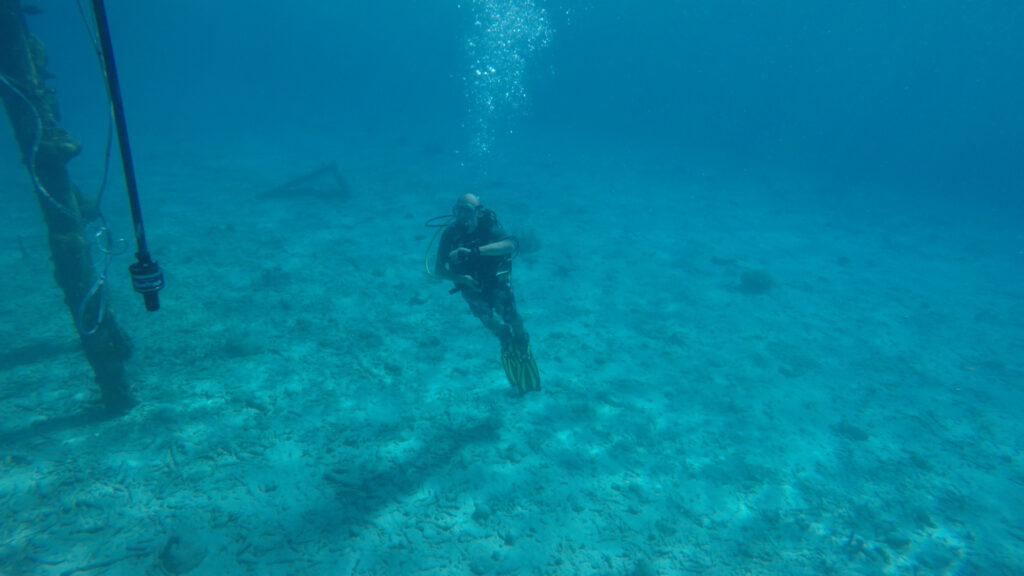Enhancing dive performance and safety: the challenge
In this blog retired Royal Navy Cdr Justin Hains MBE provides a personal view on the challenges he faced as a serving officer in charge of diving. These are common challenges faced by many dive supervisors and until recently there was not much that could be done to mitigate for them. Read on to discover how our technology partner Sonardyne‘s new DiveTrack product line will make diving more effective and safer.
It wasn’t that long ago
I remember sitting in a dive boat at night, wondering if my unmarked divers would arrive safely at the pick-up point off Portland. The issue was lack of through water communications, so I was constantly running the “what ifs”. What if the divers didn’t surface in the place and at the time planned? If I wanted to recall them: how would I know my message would reach them? My rescue diver had no realistic chance of finding a casualty underwater. Without an external clue the odds were worse than 400:1.
I needed better situational awareness delivered by three broad requirements: me knowing the location of the divers; me communicating with the divers and the divers being able to communicate with me. Finally, underpinning all of this, in a worst-case scenario, I also wanted to send the rescue diver directly to a casualty without potentially fruitless and time-consuming underwater searches.
The technology that was missing all those years ago was reliable diver tracking and through water communications. Early solutions struggled with background noise and distortion, were limited to voice communications, and while solving the communications problem over reasonable distances did not provide accurate positional information to both diver and rescue boat.
Our technology partner Sonardyne’s DiveTrack provides a reliable answer to these core requirements with headroom for additional data exchange requirements in future. It is compact, neutrally buoyant in sea water, easy to use and reliable. It has been integrated with rebreathers and open circuit equipment. This is proven technology with application across all military diving from the experts in underwater acoustic tracking and communications.
The system has a low probability of intercept, and its encryption keeps transmissions secure. While there is a small chance of detection by a smaller group of adversaries the tactical advantage of having clear communications outweighs the small risk of real-time detection and exploitation.

Want to know more?
Follow this link to read my next blog on this subject, where I will discuss how DiveTrack provides safety, operational advantage and a greater probability of mission success. The combination of improved situational awareness, even in a GPS denied environment, and the reliability of communications and positioning provide an unprecedented level of tactical flexibility in a range of operational scenarios. The risk of detection and exploitation of the encrypted signals is easily outweighed by the operational advantages of the system. Finally, should the worse happen and a diver requires assistance: the rescue diver or other divers nearby can home onto the position. The rescue diver will find the casualty.
More from The Watch
How could industry and defense work collectively to enhance the security and protection of critical national undersea infrastructure?
How could industry and naval forces work collectively to enhance the security and protection of critical national undersea infrastructure?

Share On